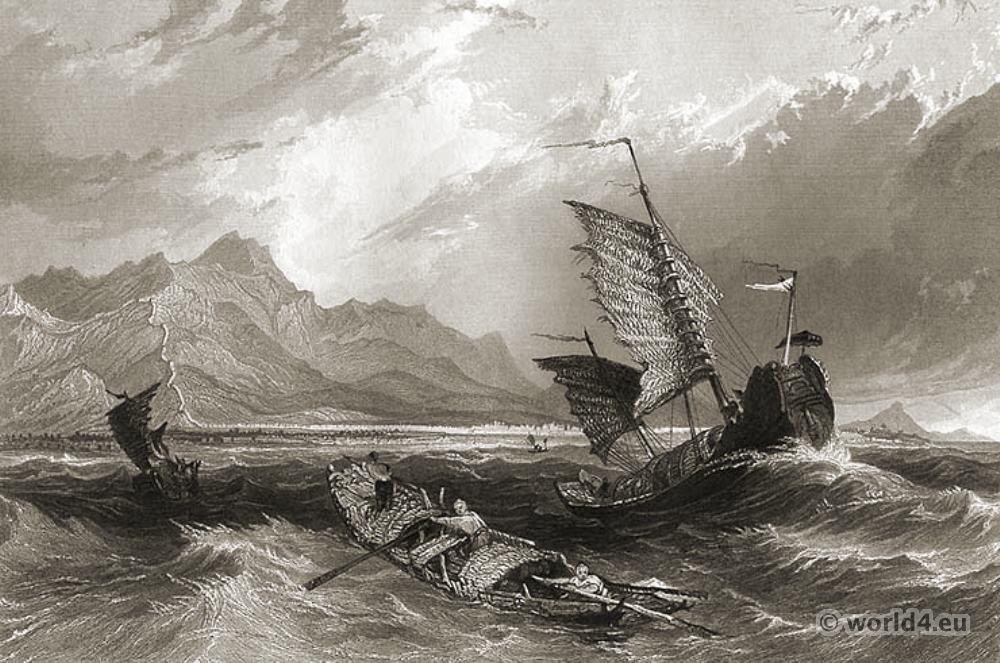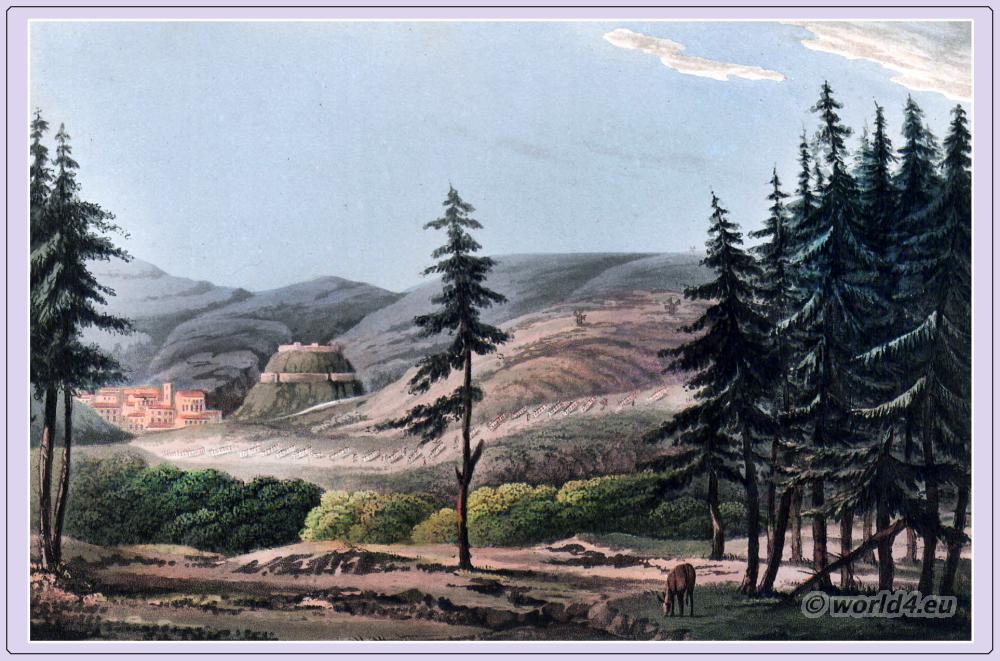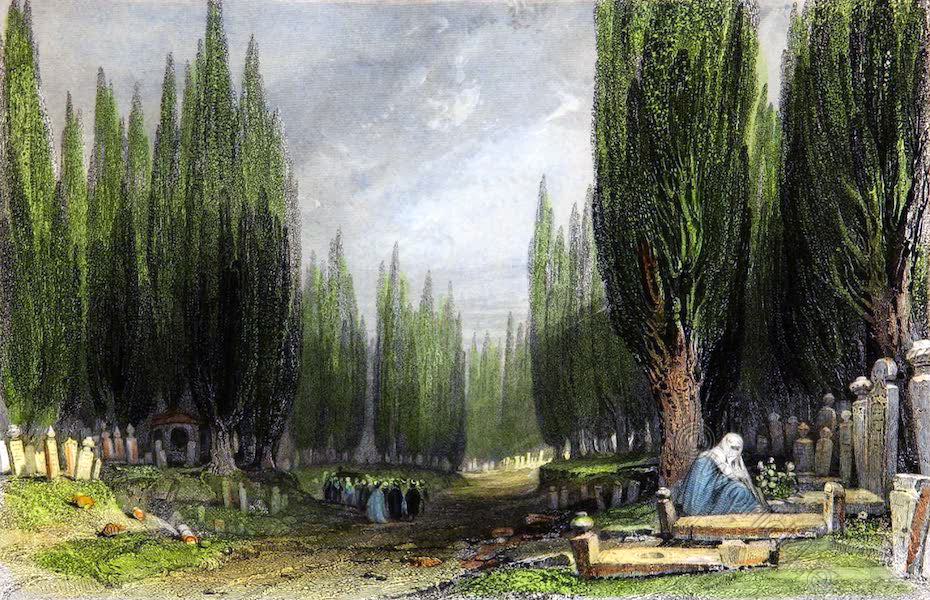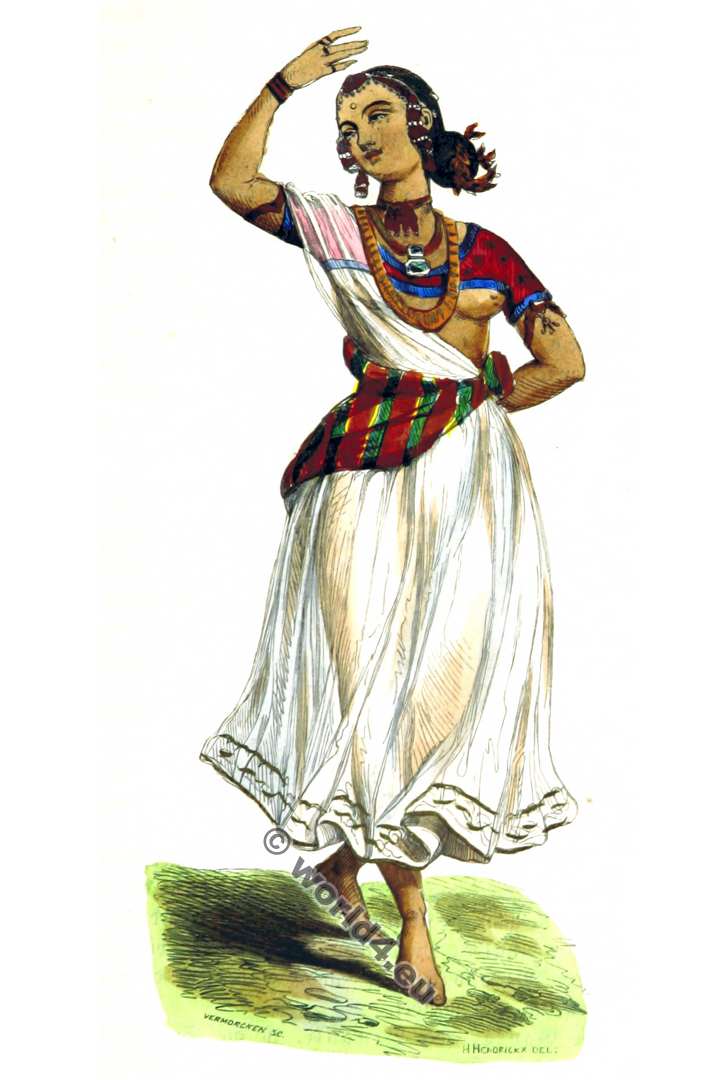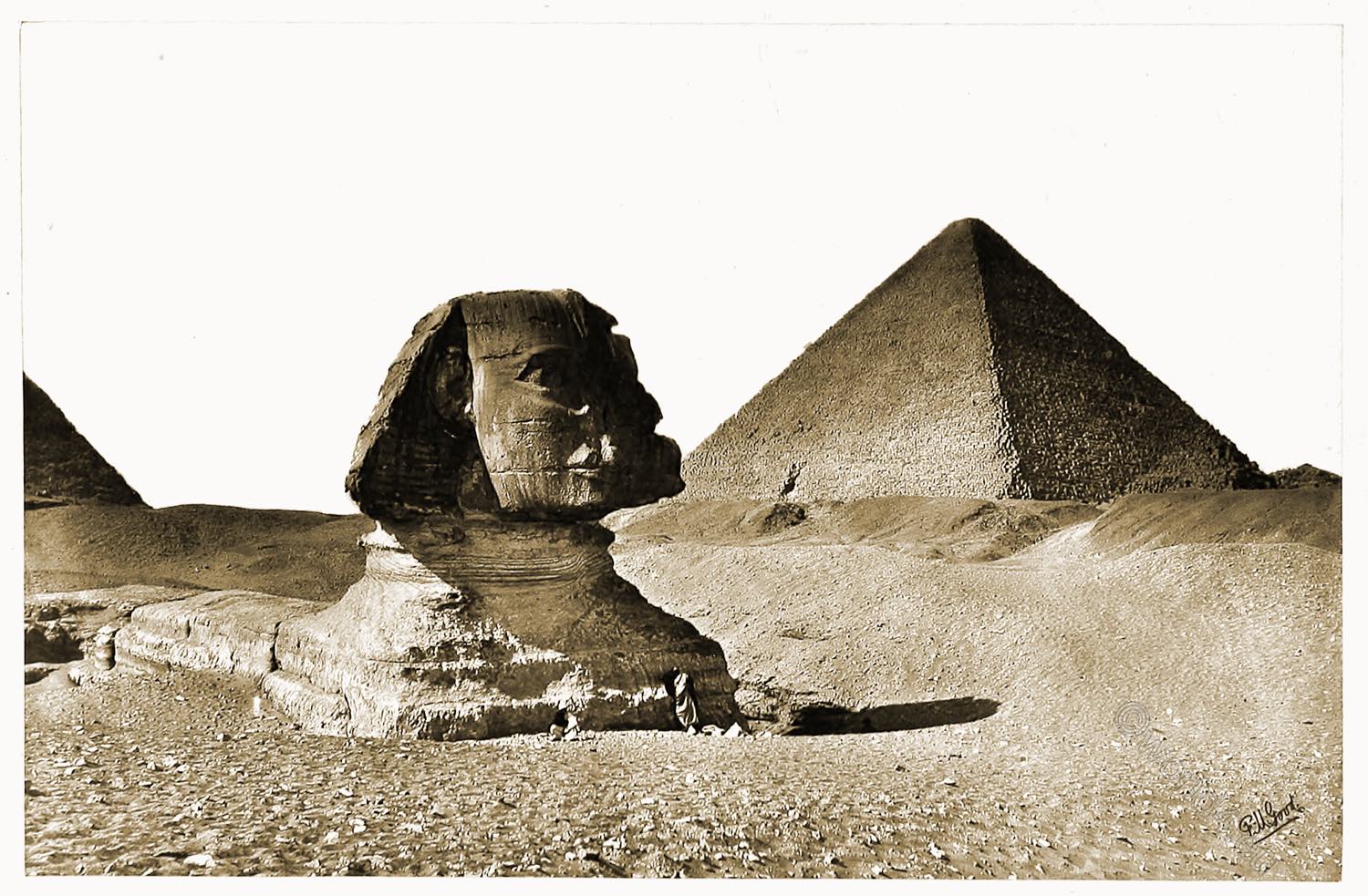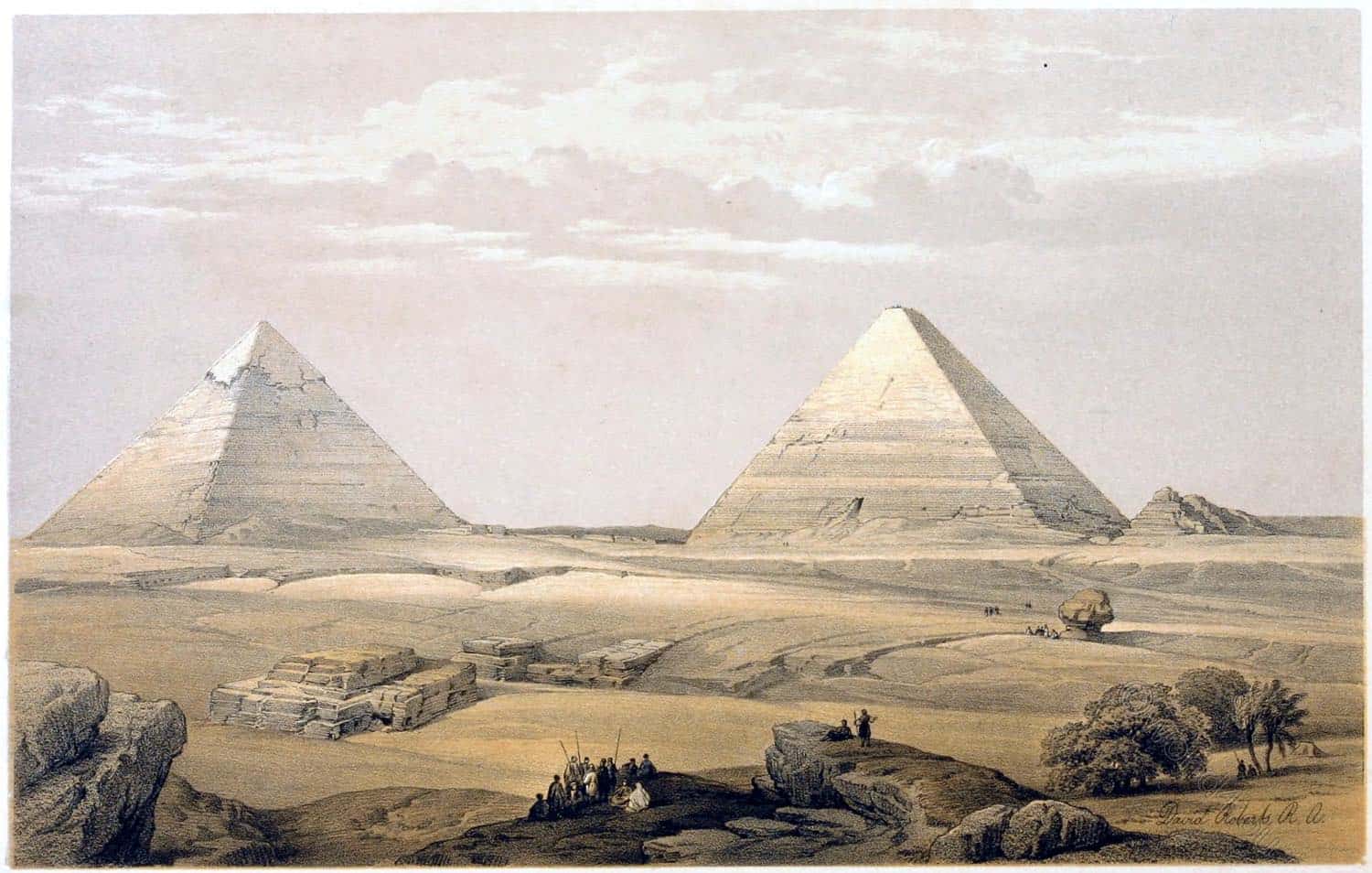
Lakshmibai, Rani of Jhansi
Lakshmibai (Hindi: लक्ष्मीबाई, Lakṣmībāī, originally Manikarnika मणिकर्णिका Maṇikarṇikā; born 1828 in Benares; deceased on 17th June, 1858 in Gwalior) was a Rani (Queen) of Jhansi and a leader of the great Indian uprising of 1857.
The Indian Rebellion of 1857, also called the Sepoy Rebellion, was directed against the colonial rule of the British East India Company over the Indian subcontinent. The uprising was mainly confined to the Upper Ganga Valley and Central India. The centres of the revolt were Uttar Pradesh, Bihar, the north of Madhya Pradesh and the region around Delhi.
In English literature, the events in North India from 1857 to 1859 are usually referred to as Indian Mutiny or Sepoy Mutiny. The term sepoy (from pers. sipahi “soldier”) in a narrow sense refers only to Indian infantrymen who served in the armies of the British East India Company. In the context of the Indian Rebellion, the term sepoy is also used for the Indian cavalrymen actually called Sawars.

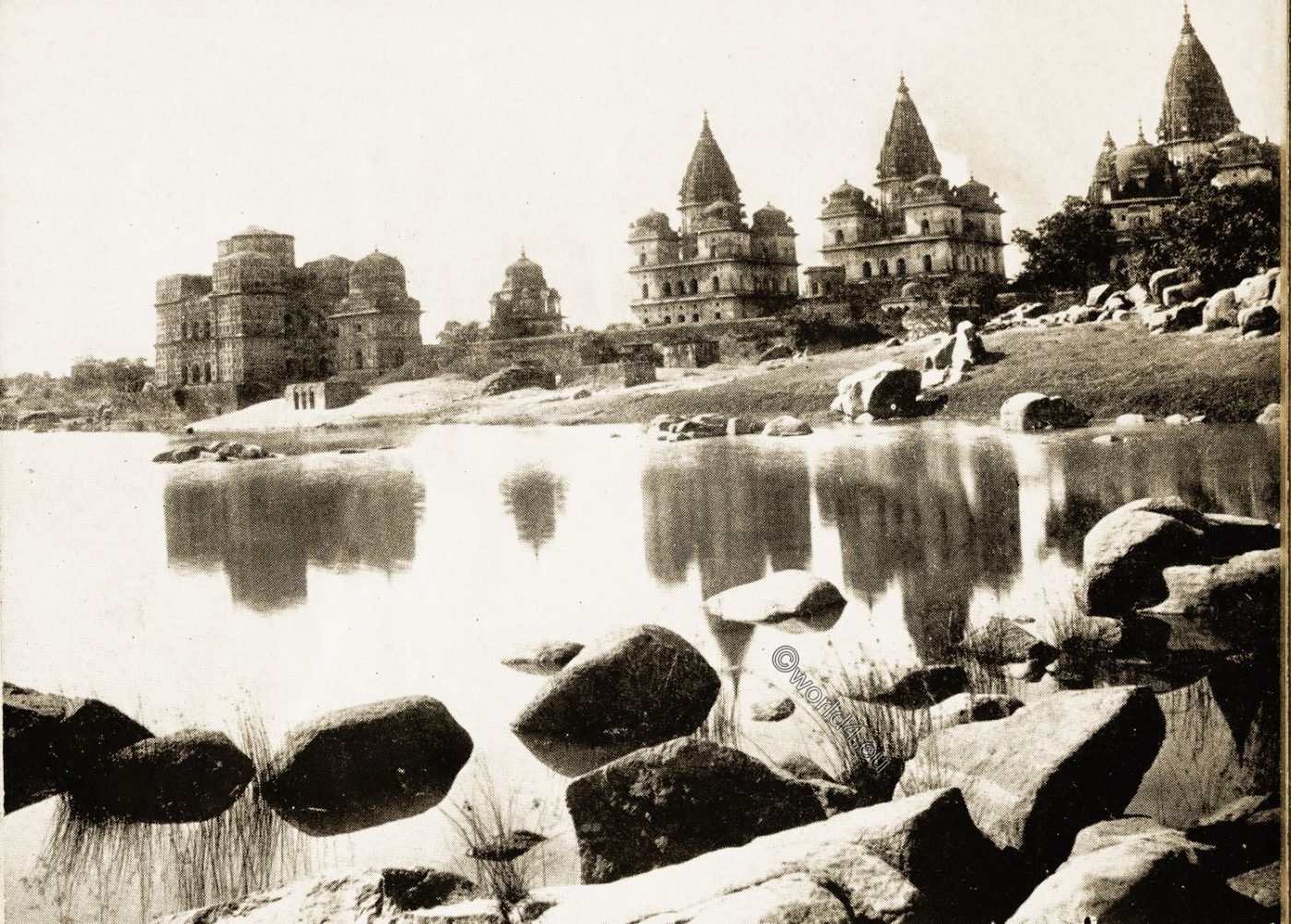

Lakshmibai (According to the traditions, the name was given in honour of the Hindu goddess Lakshmi) had been married to the much older Raja of Jhansi Gangadhar Rao at the age of fourteen and was only eighteen years of age when the responsibilities of the State fell on her shoulders on the death of her husband Gangadhar Rao.
The union produced a son who died very young. Shortly before his death, Gangadhar Rao adopted a son to succeed him on the throne. Lakshmibai was to reign for him until he came of age. However, in accordance with the Doctrine of Lapse, Lord Dalhousie also annexed this princely state after the Raja’s death. The dethroned Rani was allowed to continue residing in the palace and received a generous pension. The Rani protested against this treatment in London; however, her objection was not upheld.
Among the British living in Jhansi, the Rani was held in high esteem. When the Indian soldiers stationed outside Jhansi joined the rebellion in June 1857, the Europeans and Eurasians living there placed themselves under her protection. However, the Rani could not prevent most of them from being murdered by rebellious Indian soldiers in June 1857. To the British, the Rani denied any role in the massacre and emphasised their loyalty.
Filled with deep resentment at the conduct of the British authorities in annexing the State of Jhansi, and at the many wrongs done to her later, the Rani openly declared before the British Resident that she would “never give up Jhansi”.
In the months that followed, troops from neighbouring princely states invaded her territory. After her appeals for British help were in vain, she successfully defended her princely state against the invaders with the help of insurgent troops. When British troops marched on Jhansi in March 1858 to take revenge for the massacres committed against Europeans and Eurasians there as well, she decided to defend the fortress of Jhansi at the head of the insurgents.
Then, at the first call of the War of Indian Independence in 1857, against the British, she took to horse, and, for months in male attire, headed bands, Squadrons and at length the formidable corps of the Mahrattas, until she became, in her way, another Joan of Arc to her frenzied and fierce followers.
The Indian rebel leader Tantya Tope came to her aid with a force of 22,000 men. Due to tactical errors, on 1 April the troops led by Tantya Tope were defeated in the Battle of Betwa by a vastly outnumbered British force under Hugh Rose, 1st Baron Strathnairn.
It was admitted by the British that her unbounded liberality to her troops, and her fortitude which no reverses could shake, rendered her an influential and dangerous adversary.
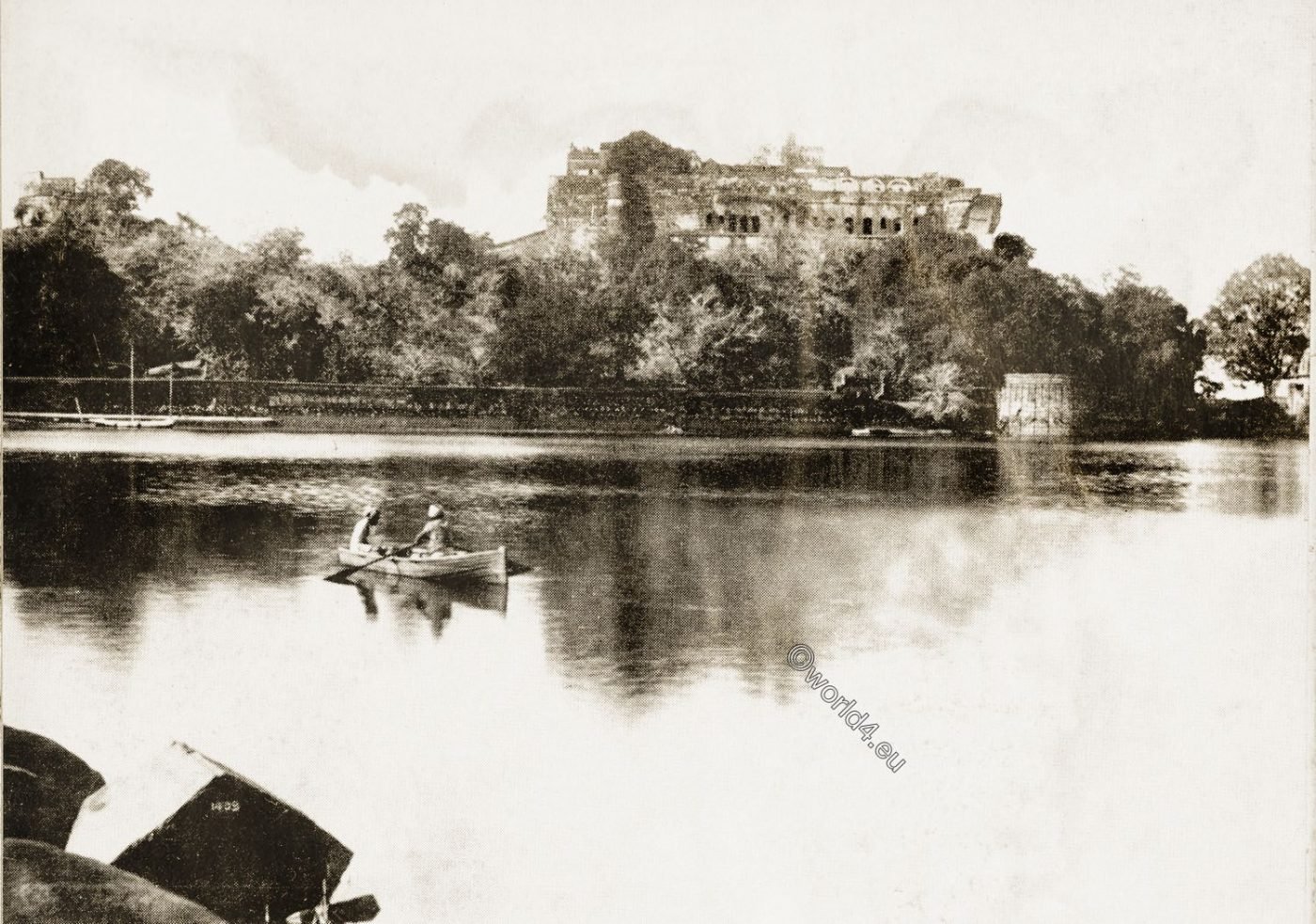
Jhansi was taken by the British on April 3rd. More than 3,000 Indians lost their lives. Most of the victims were unarmed civilians. The Rani of Jhansi, together with her adopted son Damodar Rao and fifty followers, managed to leave the city before the British could arrest her. On 22 May, British troops attacked Kalpi Fortress. The Rani of Jhansi personally led the Indian counterattack. The Indian troops were also defeated in this battle.
Once again, Rani escaped together with other leaders of the uprising such as Tantya Tope, the Nawab of Banda, and Rao Sahib, the nephew of Nana Sahib. In Gwalior, they persuaded the Indian troops stationed there to join the uprising. Maharath, who remained loyal to the British, fled the district. Sir Hugh Rose had followed the fleeing with his troops. On 16 June he reached the outskirts of the city of Gwalior.

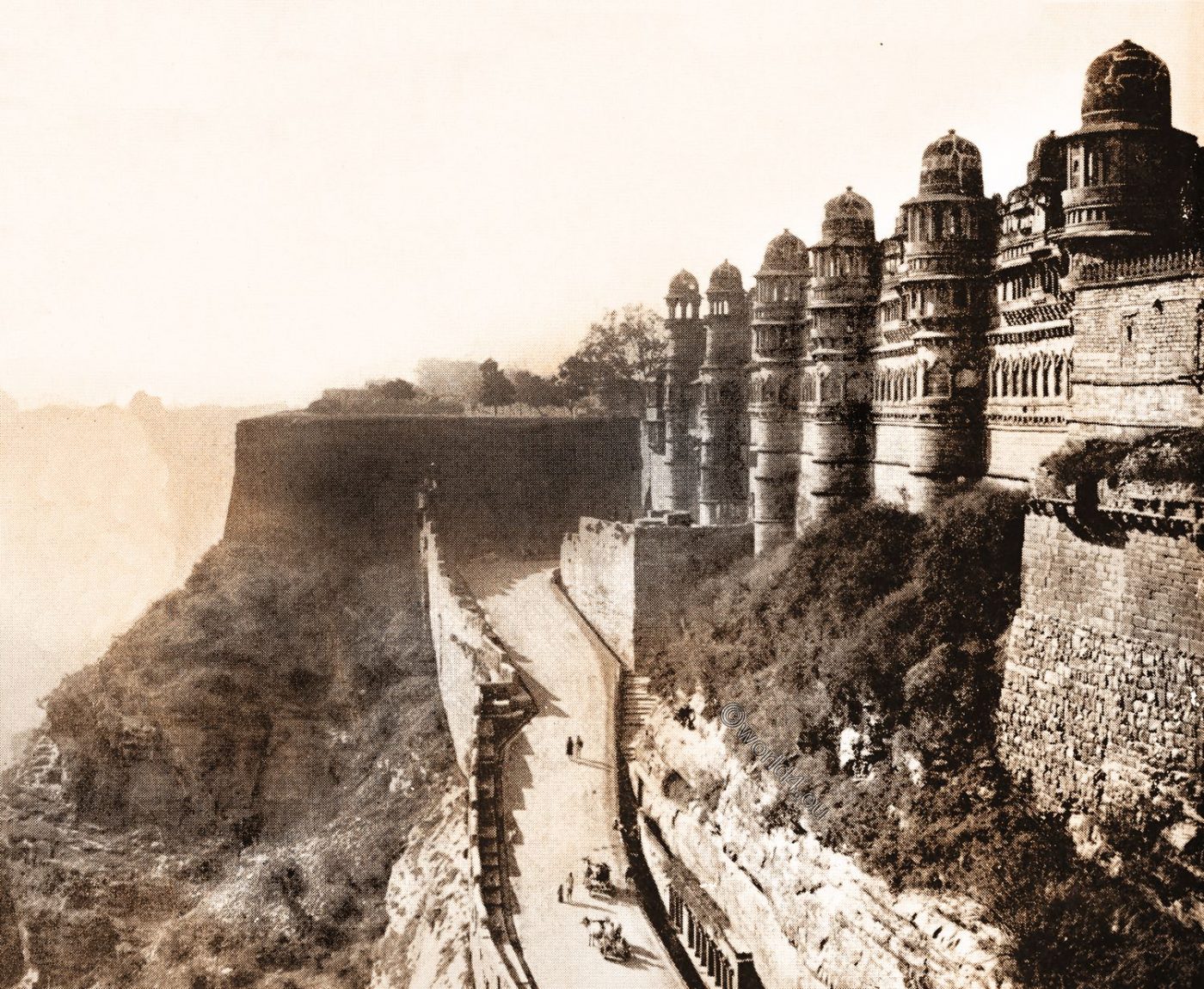

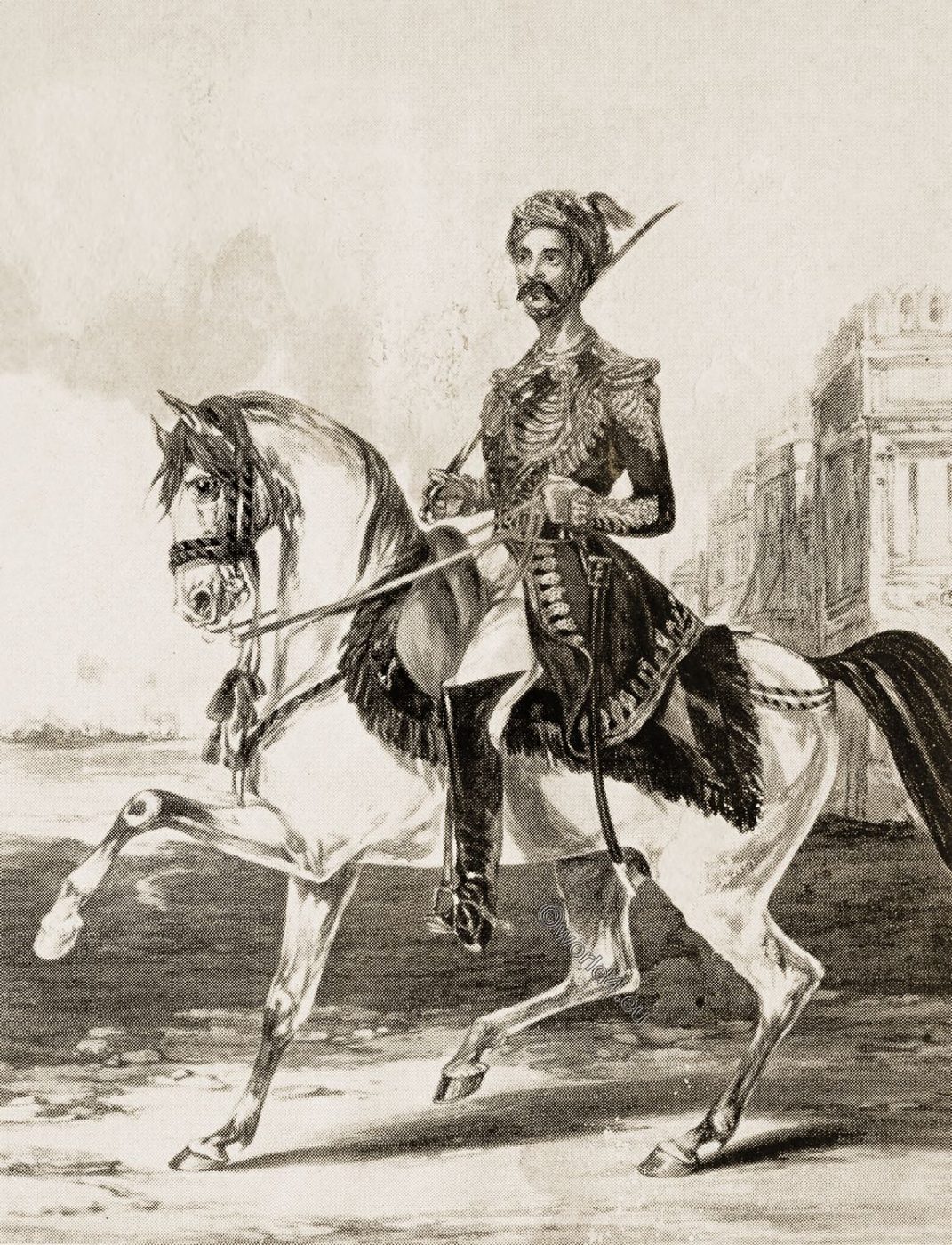
On 17 June, the Rani of Jhansi was killed in a cavalry battle. According to three eyewitness reports, she wore the uniform of a Sowar and attacked one of the British riders. She was thrown by the horse herself and suffered an injury, presumably from a blow of the British cavalryman with the saber. She shot her attacker with a pistol. But the attacker killed her with a rifle shot.
“She was the bravest and best man on the side of the Mutineers.” Sir Huge Rose, 1. Baron Strathnairn.
Today Jhansi is a town in the north Indian state of Uttar Pradesh and the administrative centre of the district of the same name. In the lower town stands the Rani Mahal (or Rani Lakshmi Mahal), a representative palace in the Indo-European style of the 18th/19th century. Some rooms are covered with coloured paintings; in the courtyard there is an archaeological museum with numerous sculptures.
The fortress of Jhansi already existed under the Chandellas, but was abandoned for a long time afterwards and was only used again and renewed in the middle of the 18th century. From here there are beautiful views over the city situated at the foot of the fortress hill.
In the lower town there is the shrine of Judas, the most important Christian pilgrimage site in northern India.

Source:
- History of the Indian mutiny, 1857-1858. Commencing from the close of the second volume of Sir John Kaye’s History of the Sepoy war by George Bruce Malleson.
- The Rebellious Rani by Sir John Smyth, 1966.
- Under the sun; impressions of Indian cities: with a chapter dealing with the later life of Nana Sahib by Perceval Landon. New York, Doubleday, Page & company 1907.
- The Ranee Of Jhansi by D. V. Tahmankar. London: Maccibbon & Kee 1918.
- The Indian War of Independence 1857 by Vinayak Damodar Savarkar, 1909.
- Indian Independence Movement In East Asia by Kesar Singh Giani, 1947.

Related
Discover more from World4 Costume Culture History
Subscribe to get the latest posts sent to your email.

